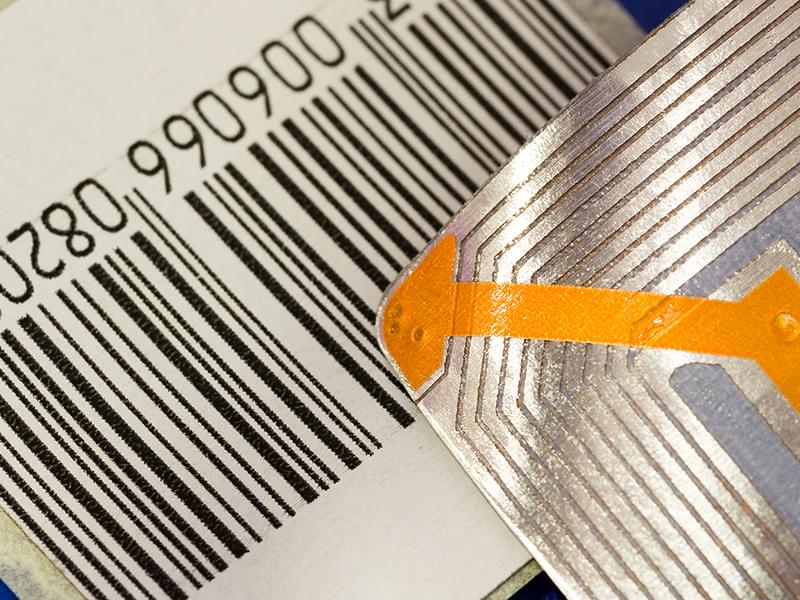The Future of Anti-Counterfeiting, Brand Protection and Security Packaging to 2026, a new report being offered by Smithers, delves into the technologies being used to thwart, deter, detect or mitigate threats to brands, which have intensified in some segments due to the COVID-19 pandemic and the rise in e-commerce. The global market for anti-counterfeiting, brand protection and security packaging is currently worth an estimated $3.24 billion with market value forecast to increase at a CAGR of 5.6% to reach more than $4.26 billion by 2026.
The new report on this growing market provides a comprehensive overview of the technologies being used to protect brands, products and consumers. Used largely to protect pharmaceuticals and luxury goods, track-and-trace capabilities are featured in the report as one of the best-performing solutions as supply chain transparency grows in importance for brand owners. To counter the growth of counterfeit goods, the industry is also investigating and applying other technological solutions that combine overt and covert features to protect brands.
Impact of COVID-19
The global economy was rocked in 2020 by the unprecedented crisis caused by COVID-19. At the time of writing, the pandemic has led to over 2.55 million deaths worldwide, although the emergence of several vaccines towards the end of 2020 sparked hopes that the worst was over. Economic growth was severely curtailed across most of the world as many governments imposed lockdown measures to halt the spread of the virus.
According to the IMF, the global economy contracted by 3.5% during 2020, a figure which was most severe (-4.9%) for the developed economies of the EU, the UK, the US and Japan, but less harsh (-2.4%) for emerging/developing economies. The IMF anticipates global economic growth of 5.5% for 2021, although the pace of the recovery will depend upon the speed and availability of vaccination programmes. During 2021, economic growth amongst the leading countries is forecast to be highest in India and China, at 11.5% and 8.1% respectively.
Continued growth of e-commerce
According to recent data, the global e-commerce market reached over $2.41 trillion in 2020. In value terms, the market expanded by almost 26% compared with the previous year, with growth having been driven by the dramatic increase in online shopping undertaken by vast sections of the global population caused by the COVID-19 pandemic. Prior to 2020, market growth had also resulted from factors such as the spread of the internet, greater consumer penetration of internet-enabled devices (e.g. smartphones) and the rising global footprint of online retailers such as Amazon.
Further growth is anticipated for the global e-commerce market – between 2020 and 2024, value sales are forecast to increase by almost 37%, reaching $3.3 trillion. The increasing trend towards online grocery retailing throughout much of the world, product sectors such as food and drink and cosmetics and personal care goods are expected to drive much of this future growth.
In regional terms, growth over the next few years is likely to be highest in some of the world’s less mature e-commerce markets, such as those in the Middle East and parts of South America, Africa and South-East Asia.
The rise of counterfeit goods
The pandemic had a significant destabilising effect upon many of the end-user sectors of the anti-counterfeiting, brand protection and security packaging industry in terms of global trade. Global fears over possible shortages of certain products have increased demand for illicit or counterfeit goods, providing numerous opportunities for unscrupulous individuals and organisations.
In the US, for example, recent research indicates that almost 70% of consumers have expressed concerns that the pandemic will increase online sales of counterfeit or substandard goods. Some consumer goods that have been especially hard hit include cosmetics and skincare and haircare products. One brand protection agency, for example, reported a 56% increase in the number of counterfeit products in these sectors sold via online channels during the first six months of 2020. According to the International Hologram Manufacturers Association (IHMA), counterfeit sales of skincare and haircare brands have risen by almost 40% within this time.
Key market sectors and protection technologies
The pandemic has also stoked fears over shortages of medicines and pharmaceutical products in many parts of the world, which has led to greater availability of counterfeit goods in this sector. In the US, the FDA issued warnings to seven companies concerning the sale of ‘treatments’ to cure COVID-19 during March 2020, while the European Anti-Fraud Office (OLAF) announced it was investigating fraudsters attempting to profit from the pandemic via the sale of allegedly preventative or curative products across the EU region.
Increasingly, the market is seeing the integration of online technologies such as in-house track and trace systems. This works hand-in-hand with physical security and allows consumers to use a standard smartphone to deliver authentication and product security, alongside delivering consumer engagement to brand owners. The worldwide market for track-and-trace solutions will grow significantly by 2026 due to the ongoing rollout of legislation mandating track-and-trace for medicines and medical devices, in order to fight the trade in counterfeits. Uptake also expected to be strong in the food and drink, consumer product, and luxury product sectors.
